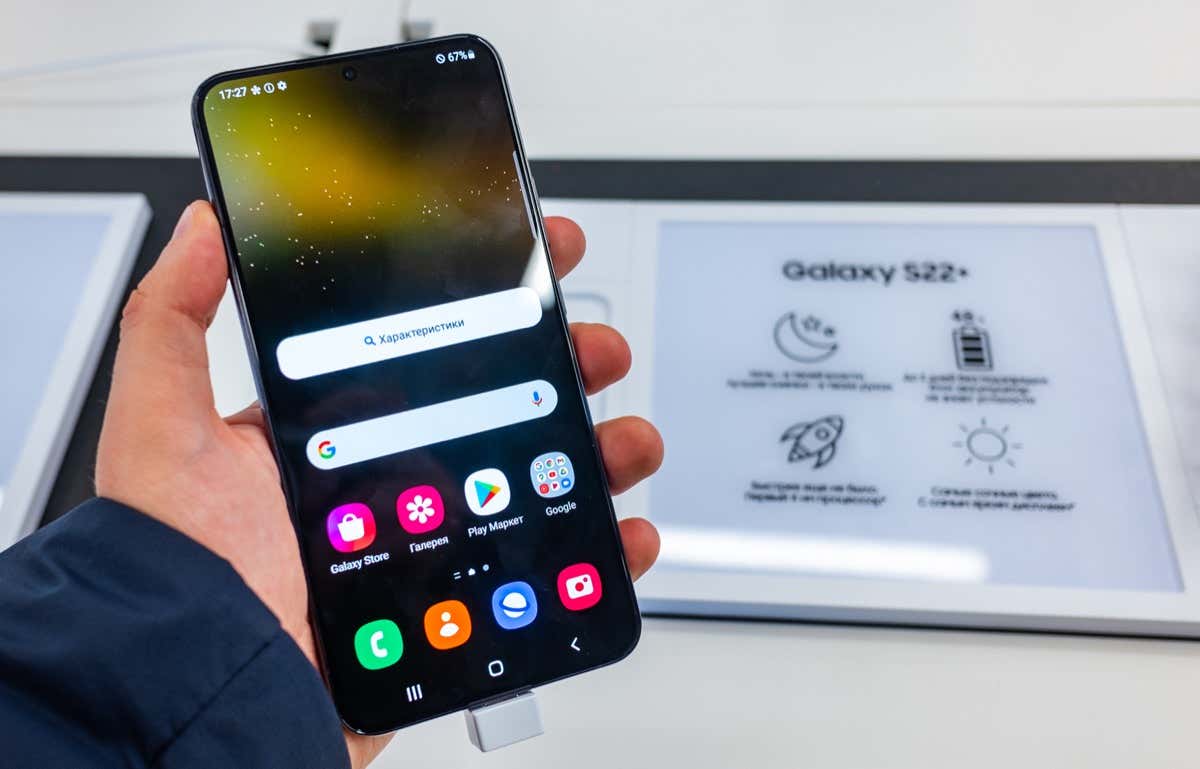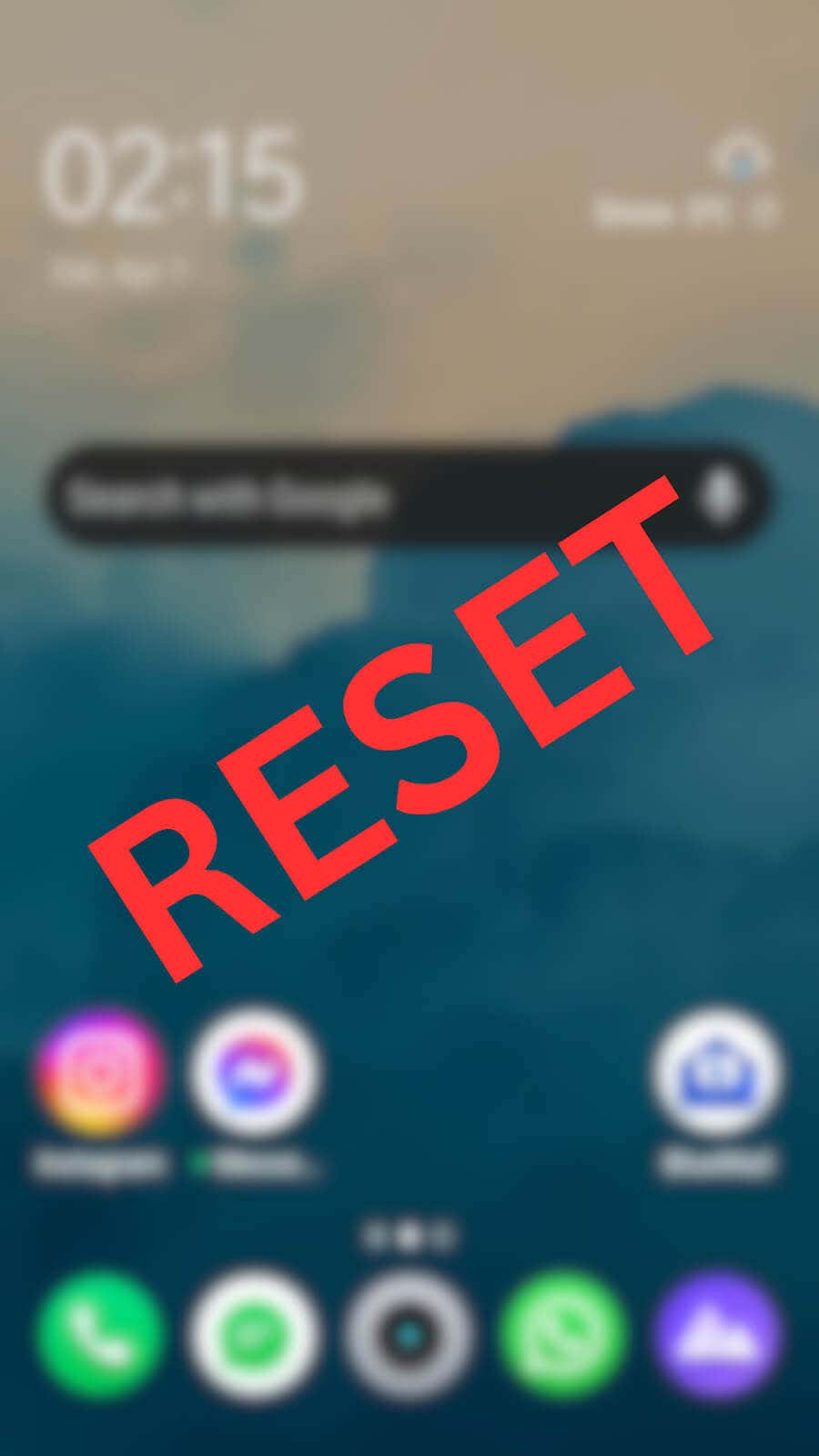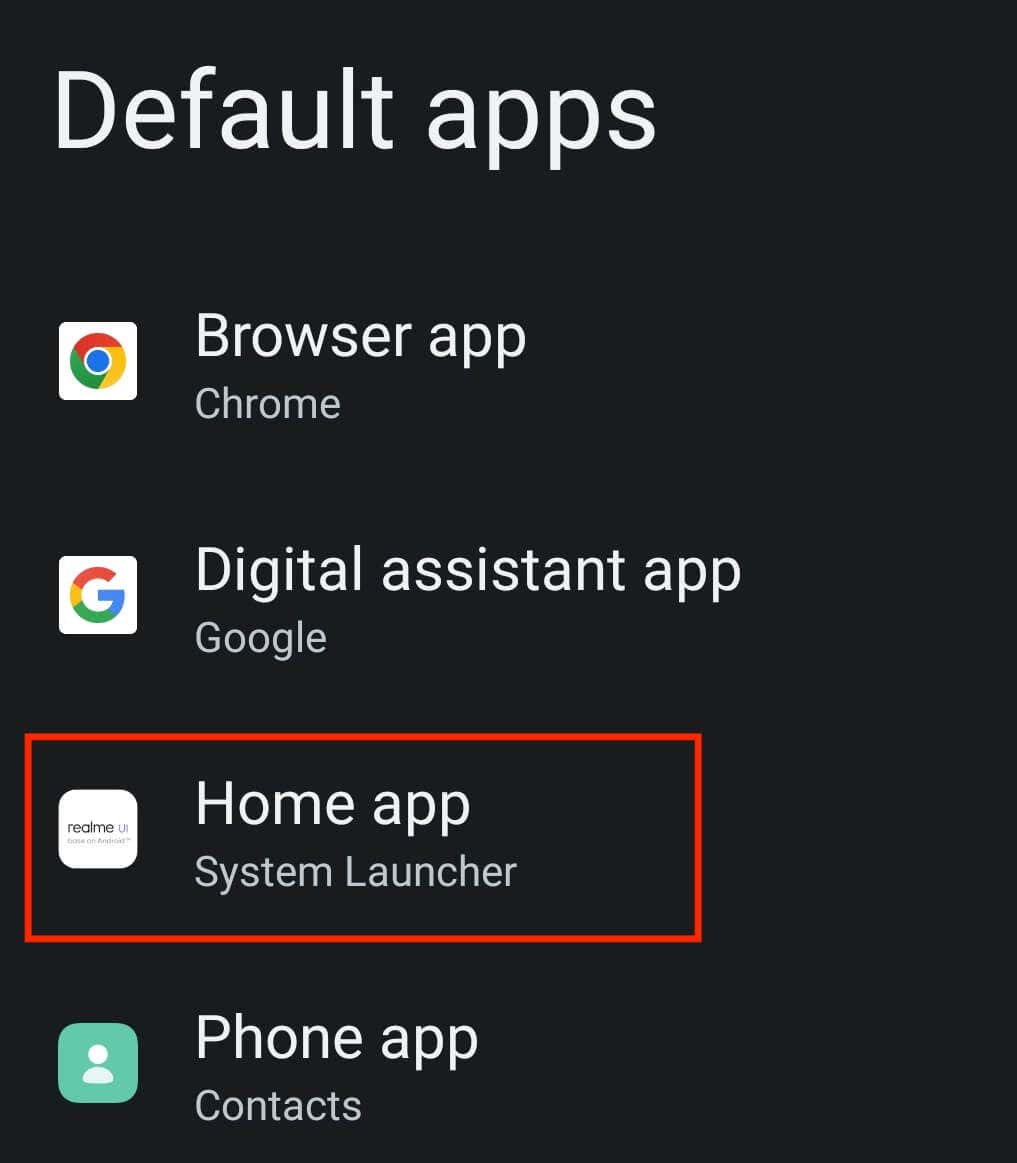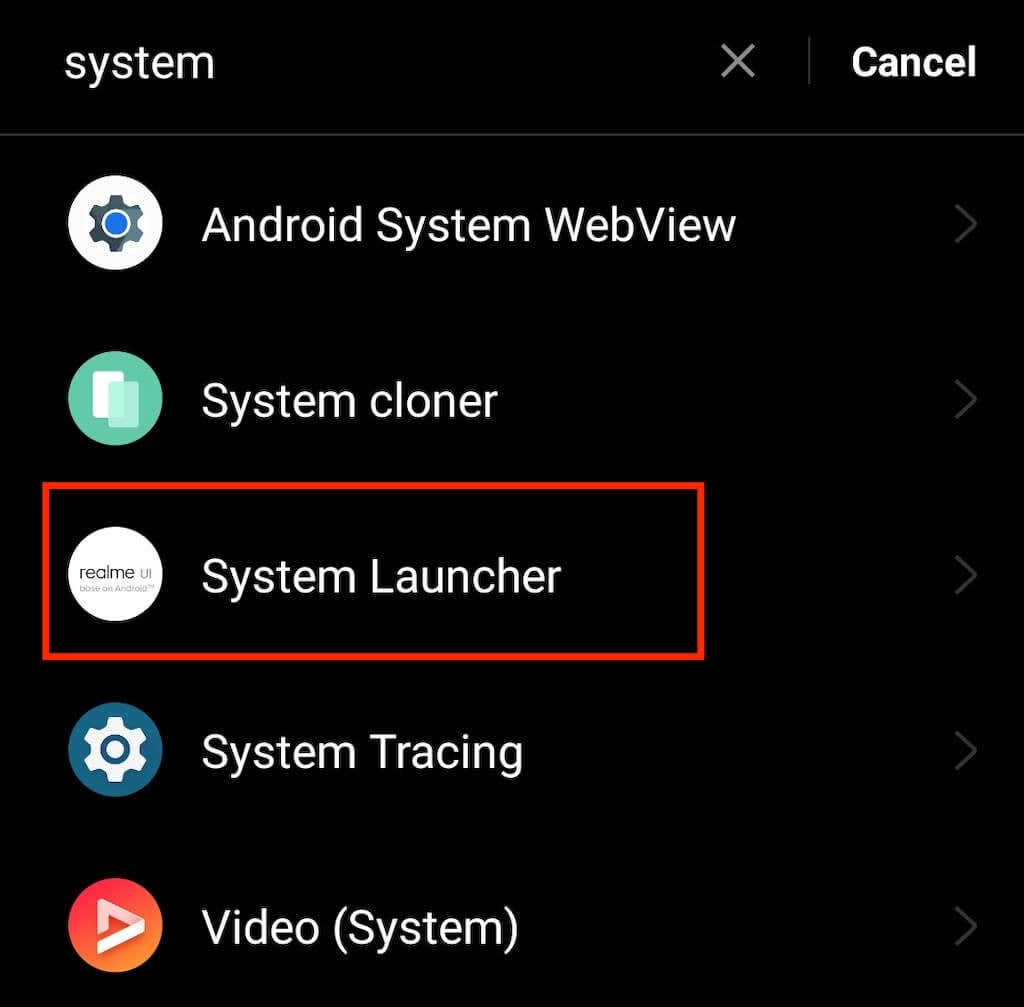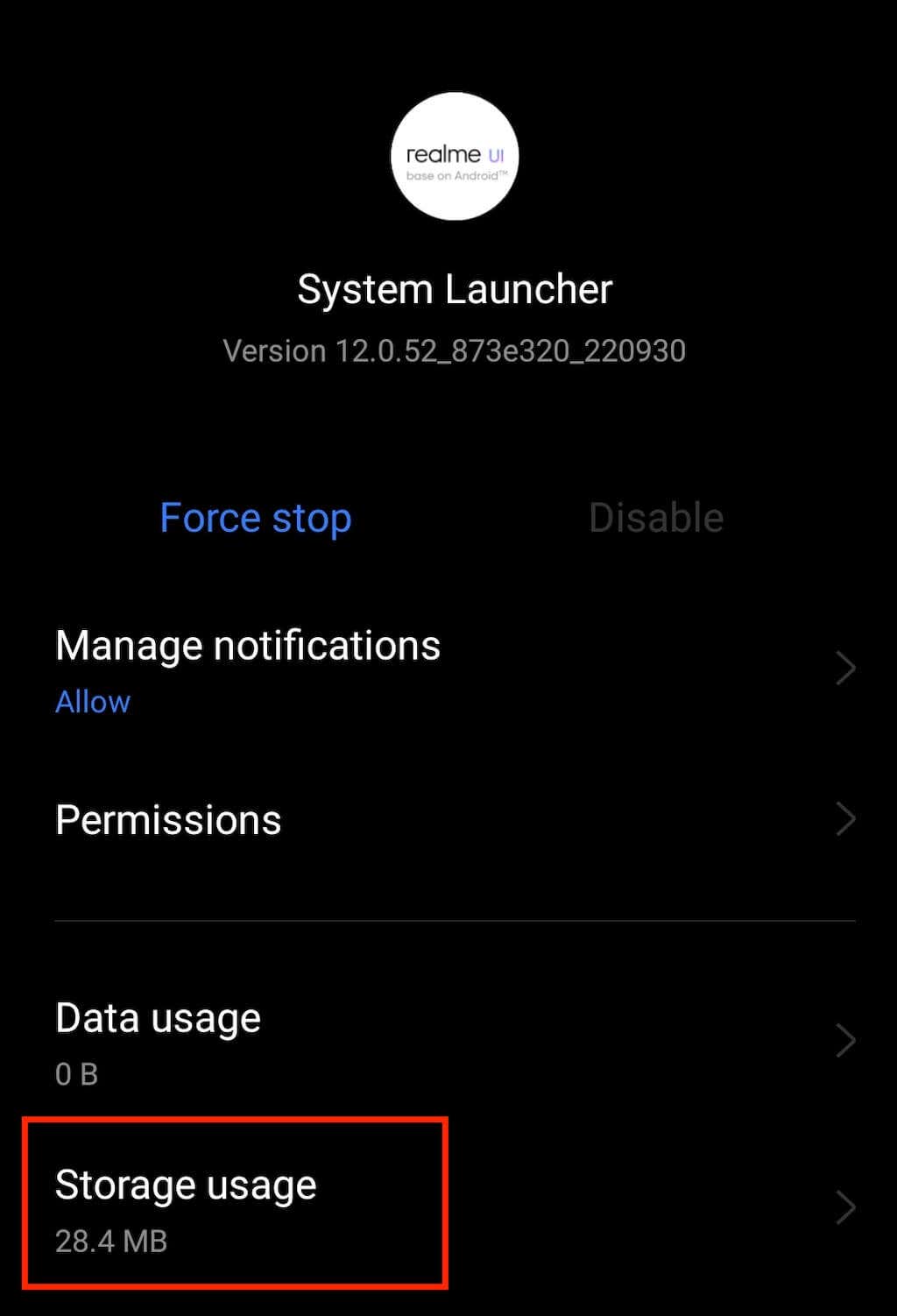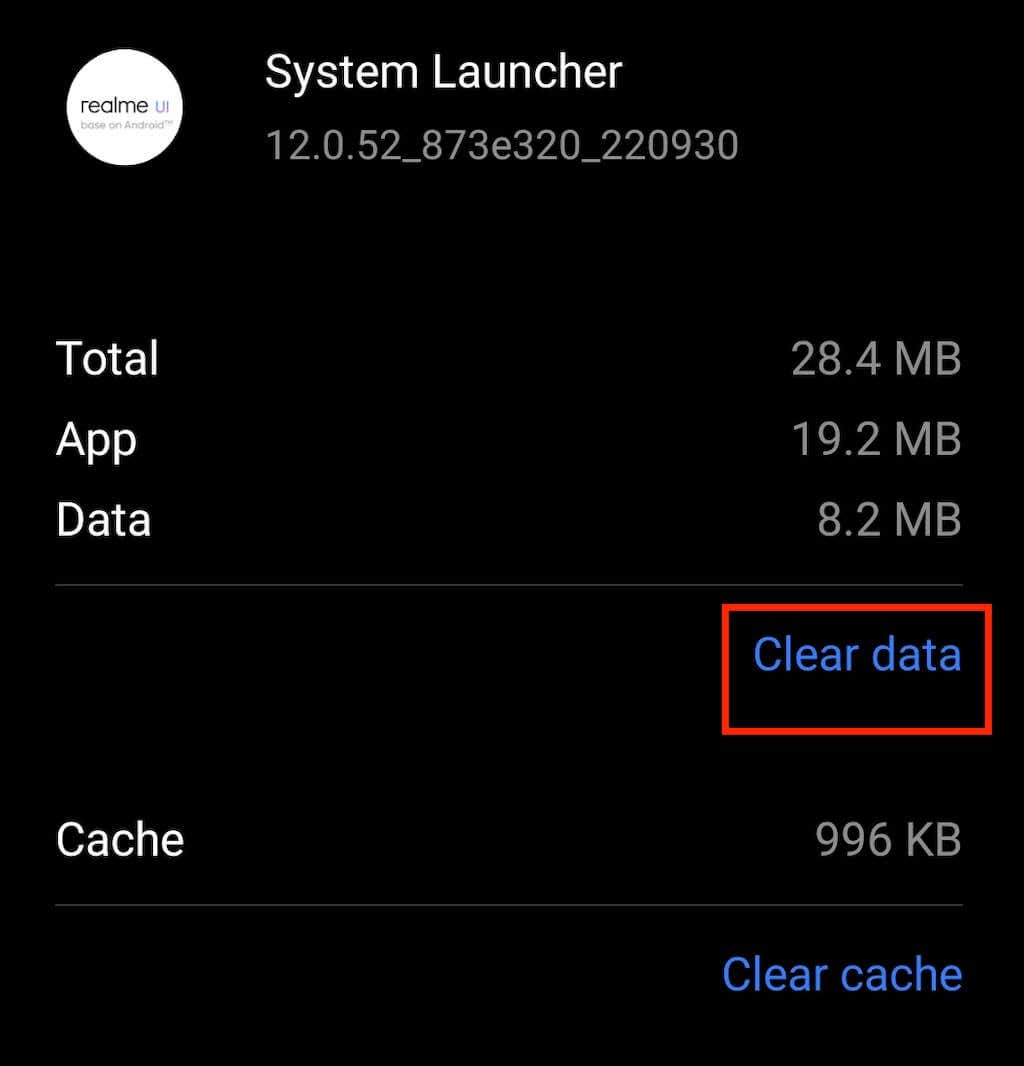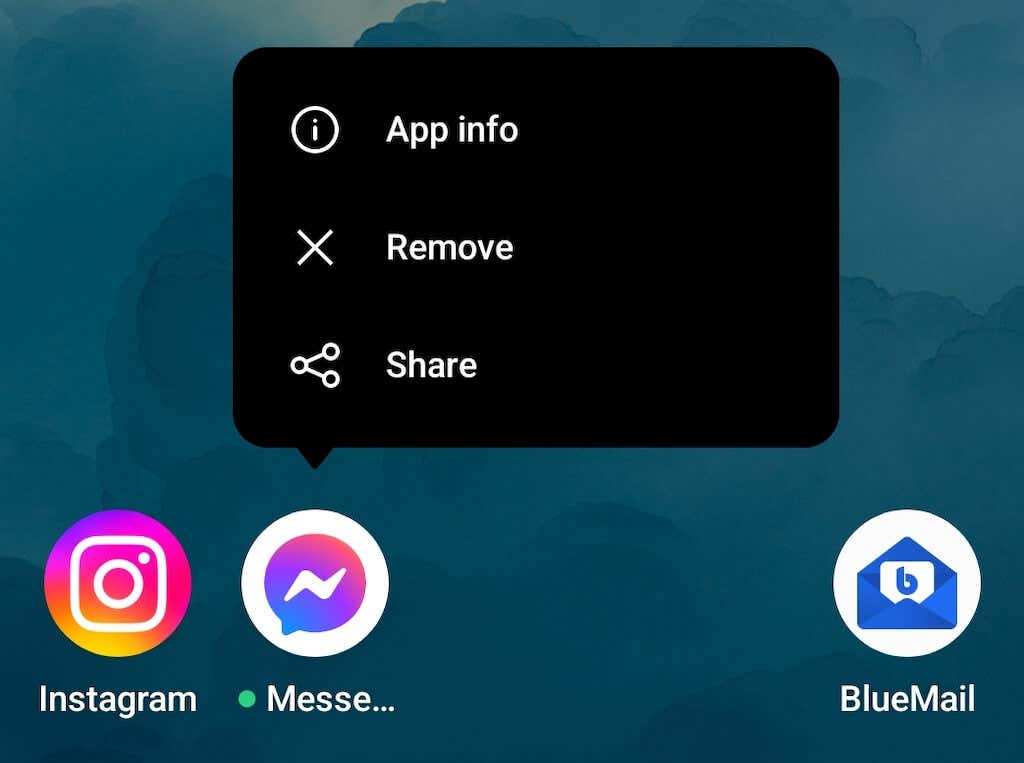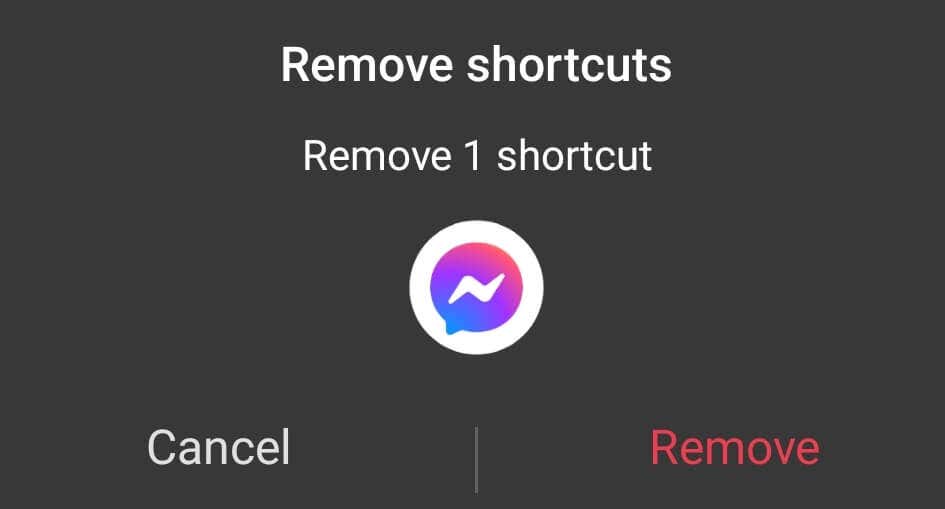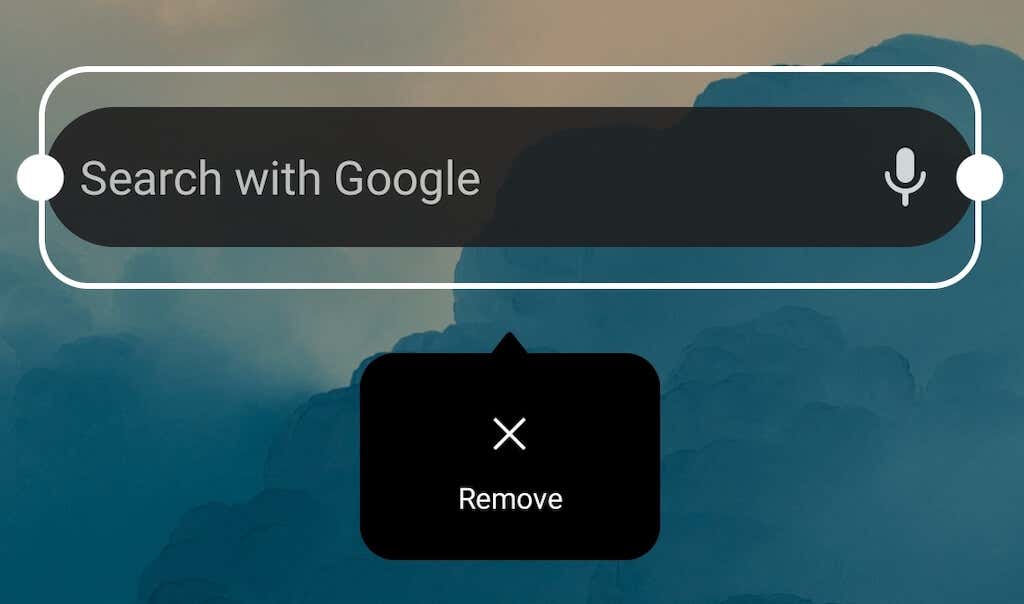In this article, you’ll learn how to reset the home screen layout to factory default on your Android device and remove individual app icons and widgets from your Android home screen.
Things to Know Before Resetting the Home Screen on Android
Resetting the home screen layout removes all app icons and widgets from your home screen and restores it to the original look. If you want to bring your Android home screen to its original form, resetting it to the factory default is the way to go. However, if you’re just trying to troubleshoot an issue with your home screen or need a clean screen to take a screenshot of it, resetting it should be your last resort.
You can try a couple of things before resetting your home screen. You can try changing the home screen settings, like changing the home screen grid size, removing and adding app icons back to your home screen, and removing individual widgets.
If you need to declutter your home screen, you can create a new folder and move all of the Android app icons into that folder to keep them hidden and to make some space on your home screen.
Finally, if nothing else works and you’re still experiencing problems, then go ahead and restore the default home screen on your Android device.
How to Reset Home Screen Layout on Android
If you’ve experimented with different Android launchers to customize your home screen layout, your screen probably looks very different from how it was before.
Every Android phone comes with a different launcher. Before you can perform a factory reset and bring your home screen back to its default settings, you need to find out the name of the default launcher and then clear its data.
To find the name of your phone’s default launcher, follow the steps below.
To clear launcher data and get your original Android theme back, follow the steps below.
The method from above may not work if your phone runs an older version than Android 10. If that’s the case with your Android device, you can reset the home screen layout by clearing the Google app’s data. Here’s how to do that:
Samsung phones like Samsung Galaxy don’t have a built-in feature to reset the home screen layout. However, you can get the same results by clearing the data of the Samsung launcher. To do that, you’ll need to choose One UI Home or Samsung Experience Home from the list of apps and then follow the same steps to clear data.
After that, your home screen should look the same as when you just got the new phone.
How to Remove App Icons on Android Home Screen
Is your Android home screen messy because you have too many app icons? In that case, you don’t have to reset your home screen layout. Instead, you can just remove the unnecessary home screen icons to make space for new apps. Here’s how you can do it:
This will also remove the app from your phone. If you don’t want that to happen, you can create a new folder on your home screen and drag and drop the app icons there to keep them hidden from the main screen.
If the issue with your home screen involves missing app icons, you can try restoring them from the App Drawer. To do that, swipe up on your phone to open the App Drawer, find the app in question, then drag the app to place it on your home screen.
How to Reset Widgets on Your Android Phone
Widgets can be very useful, but they can also clutter your home screen if you’ve got too many of them. You can remove some or all widgets from your home screen to make it look tidier. You can then add them back at any time if you change your mind. To remove widgets from your Android home screen, follow the steps below. The widget in question will then disappear from your screen. To add a widget, press and hold anywhere on your home screen and select Widgets from the menu at the bottom.
Keep Your Android Home Screen Clean and Organized
As you use your phone, you’ll keep adding apps and widgets to your home screen. If you want to keep that space clean and organized, there are a few strategies that you may want to follow:
Organize your home screen layout. To tidy up your screen, tap and hold anywhere on it, then go through the home screen layout settings one by one: Wallpapers, Icons, Widgets, etc., to adjust everything to your liking. Only keep apps that you use regularly. Today there’s an app for every small task. Every time you have to install an app that you’ll only use once, make sure to uninstall it afterward to avoid cluttering. Create folders for apps you don’t use regularly. If you absolutely have to keep some apps that you don’t use daily, create folders for them to organize and store them on your home screen. Keep the widgets under control. Widgets can take up a lot of room on your screen, even more than regular apps. Don’t be afraid to delete the widgets you aren’t using anymore, as well as resize the ones that you have to keep on your home screen.
How to Reset the Home Screen on Your iPhone?
Now that your Android home screen is back to its original form, do you want to do the same for your iPhone or iPad? Check out our tutorial on setting the default screen on Apple iOS devices to learn how to do it.
